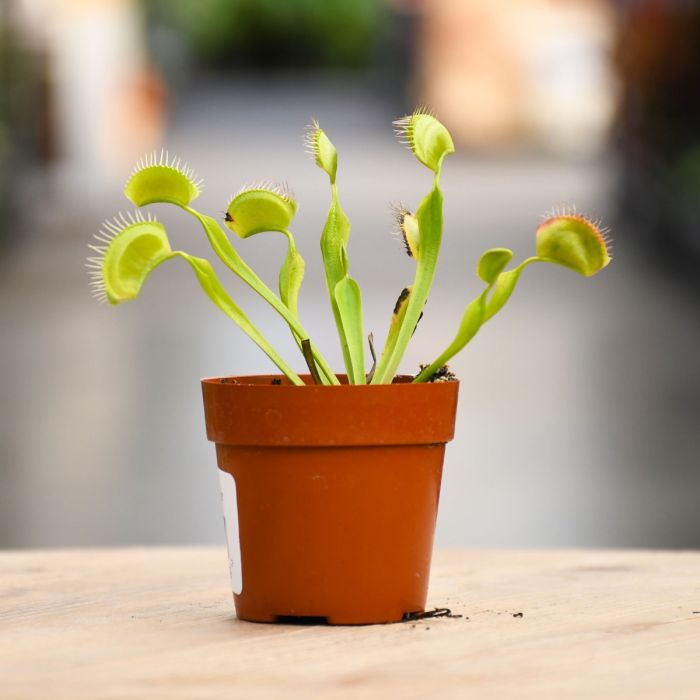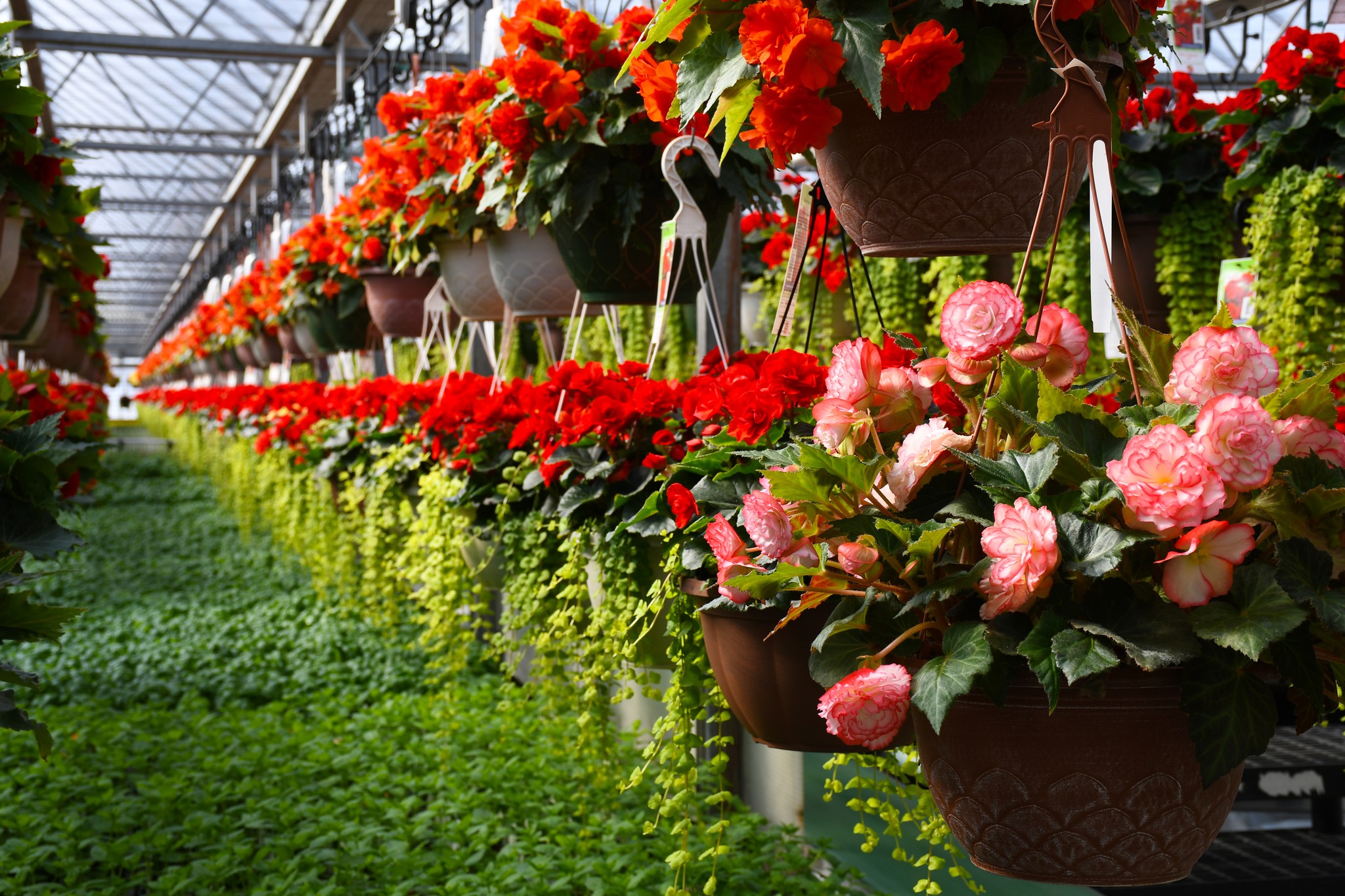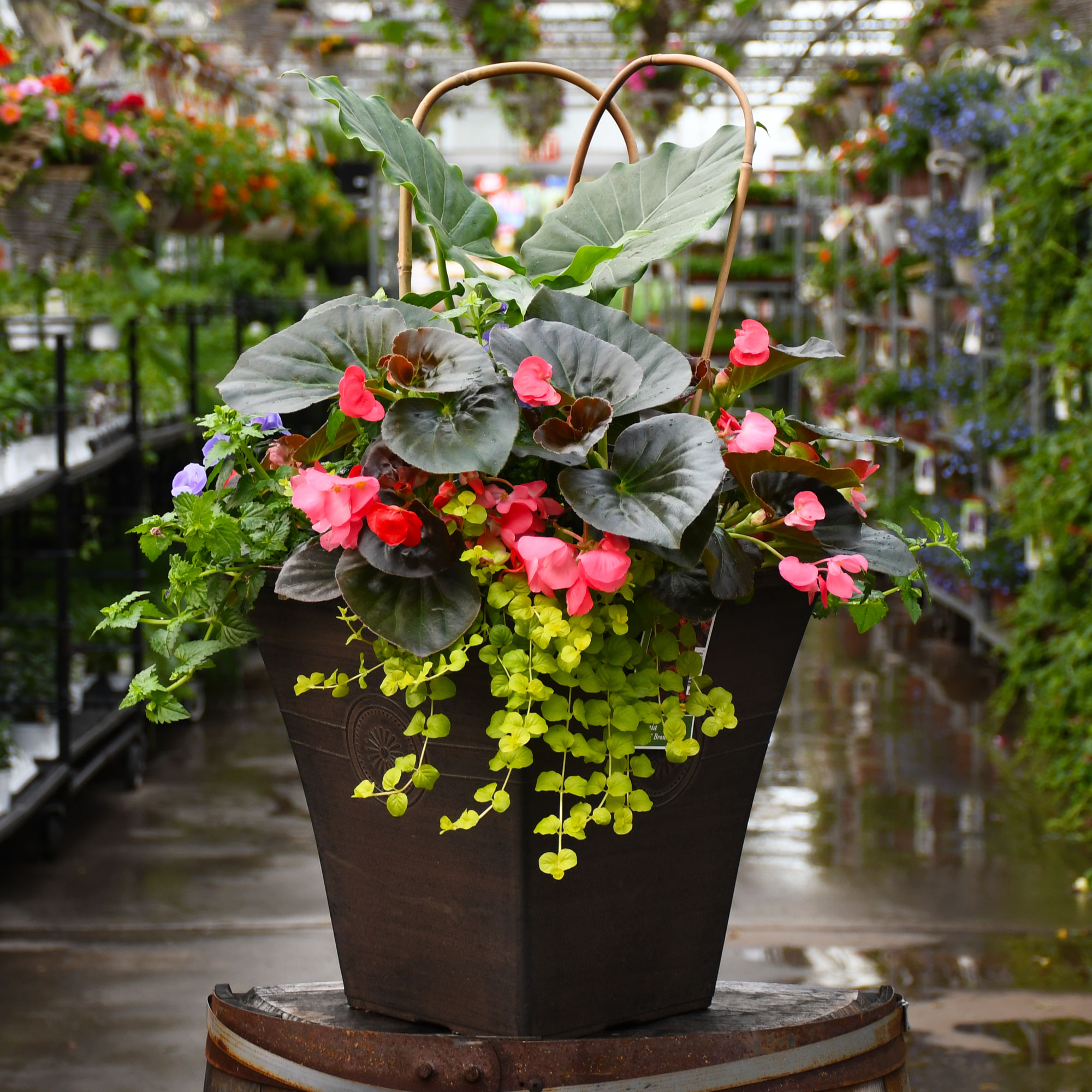Dionaea Muscipula 'Venus Fly Trap'

Out of stock
Temporarily Out of StockDescription
Dionaea muscipula
A delight to grow and feed. This plant make a great companion to pest prone plants. Venus Fly Traps require long periods of bright light, and can even be brought outdoors in warmer months. Venus fly traps with bright pink "mouths" are getting the correct amount of light.
Direct from the Grower
When you see the Gerten Grown logo on our annuals, you know you're getting a fresh plant directly from our greenhouse. We've been perfecting our growing process for over four generations and pride ourselves on providing local quality and freshness to our customers. Better pricing on better quality plant material, that's Gerten Grown.
Details
Distilled water or rain water is a must. These carnivores also need a lot of moisture. Be rigerous about its watering schedule, as it doesn't handle missed waterings very well. Water when the top inch of the soil is dry.
These plants need moist, acidic soil. A blend of one-third perlite (or sand) and two-thirds sphagnum peat moss provides the best drainage and moisture retention. This plant does not benefit from fertilizers as it gets its nutrients from the insects its catches. Repot when roots come out the drainage holes or the plant is growing against the edges of the pot.
If there isn't a lot of insects for your Venus Fly Trap to catch, Indoors, you can feed your plant dried crickets or fish food. You will need to mimic the movement of insects to get the trap to close around its food. Do not make an empty trap close as this will exhaust the plant.
At times, the Venus flytrap leaves and traps turn black or burnt-looking, causing new owners to be alarmed. The plant is likely entering its dormant period, at which point the foliage dies only to emerge refreshed months later.
More Information
| Plant Life Cycle | Annual |
|---|


